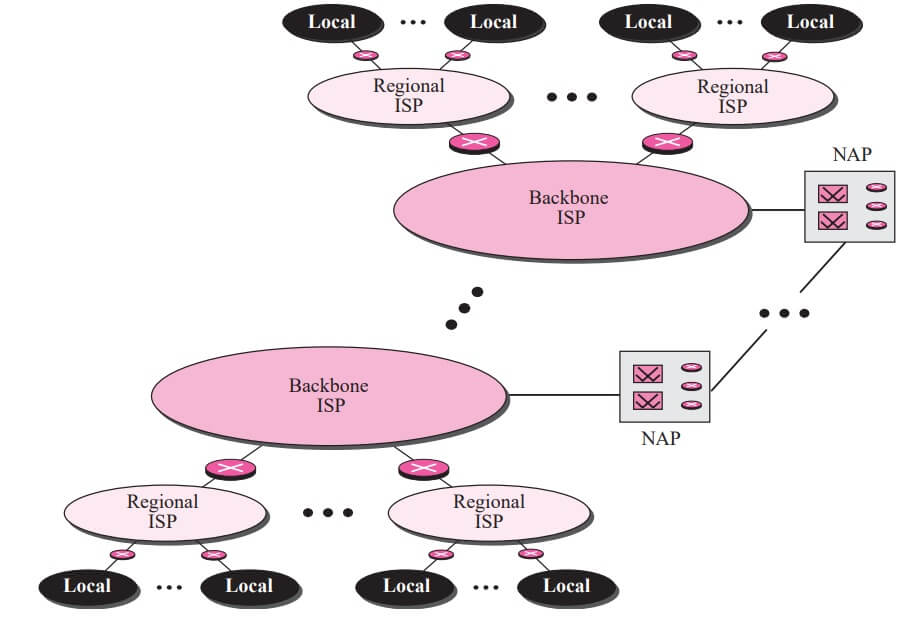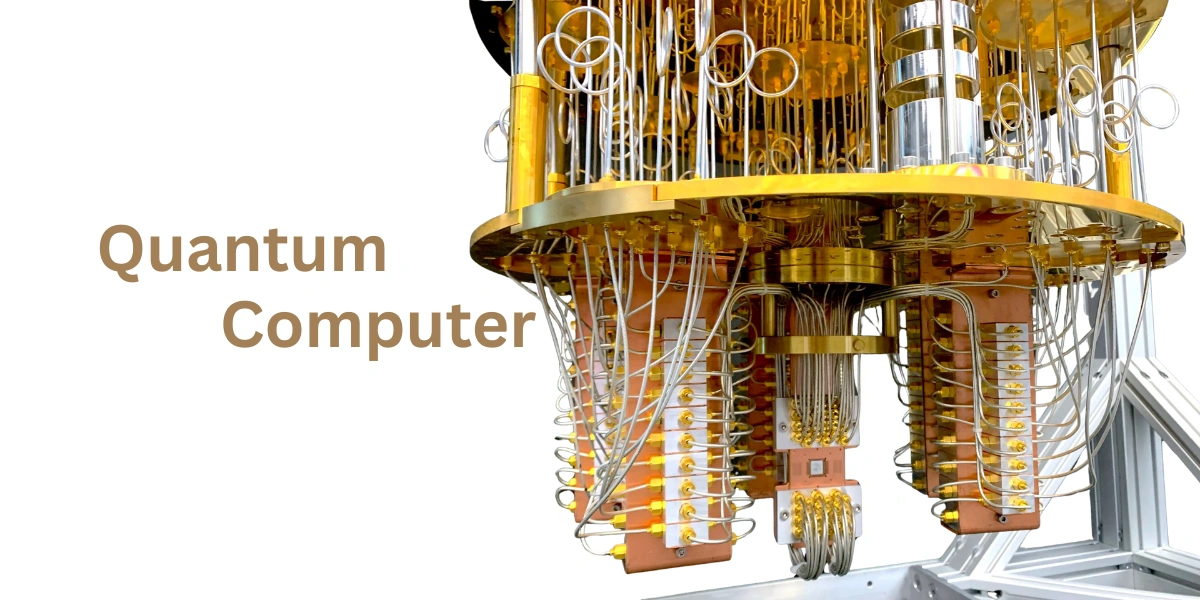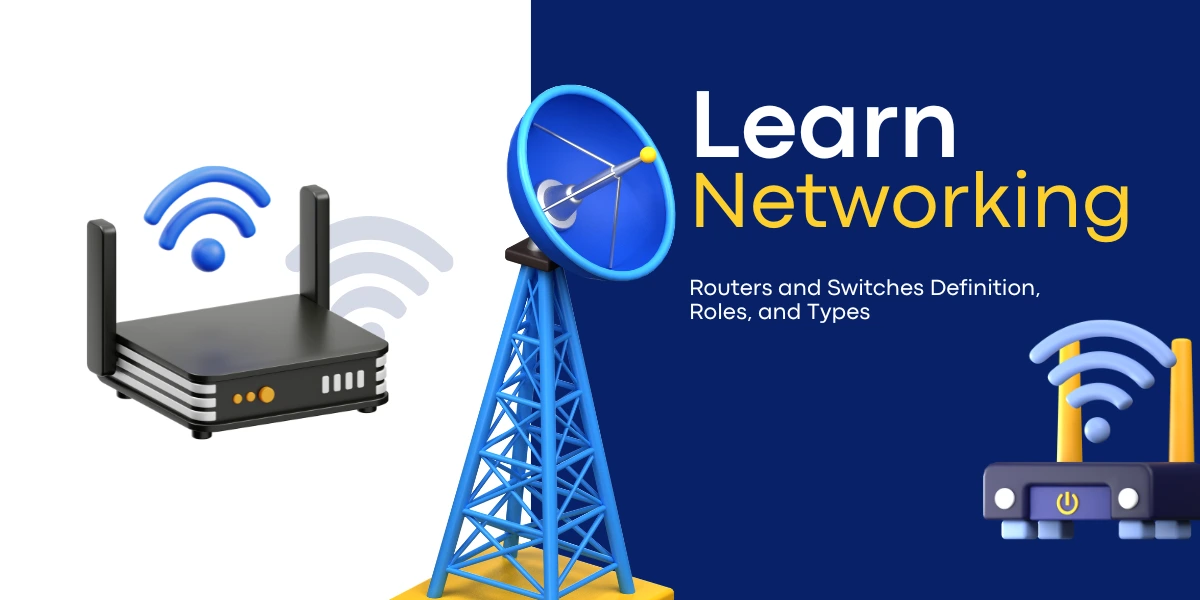Cerf and Kahn’s landmark 1973 paper outlined the protocols to achieve end-to-end delivery of data. This was a new version of NCP. This paper on transmission control protocol (TCP) included concepts such as encapsulation, the datagram, and the functions of a gateway.
A radical idea was the transfer of responsibility for error correction from the IMP to the host machine. This ARPA Internet now became the focus of the communication effort. Around this time responsibility for the ARPANET was handed over to the Defense Communication Agency (DCA).
In October 1977, an internet consisting of three different networks (ARPANET, packet radio, and packet satellite) was successfully demonstrated. Communication between networks was now possible.
Shortly thereafter, authorities made a decision to split TCP into two protocols: Transmission Control Protocol (TCP) and Internet Protocol (IP). IP would handle datagram routing while TCP would be responsible for higher level functions such as segmentation, reassembly, and error detection. The new combination became known as TCP/IP.
In 1981, under a DARPA contract, UC Berkeley modified the UNIX operating system to include TCP/IP. This inclusion of network software along with a popular operating system did much for the popularity of networking. The open (non-manufacturer specific) implementation on Berkeley UNIX gave every manufacturer a working code base on which they could build their products.
In 1983, authorities abolished the original ARPANET protocols, and TCP/IP became the official protocol for the ARPANET. Those who wanted to use the Internet to access a computer on a different network had to be running TCP/IP.
MILNET
In 1983, ARPANET split into two networks: MILNET for military users and ARPANET for nonmilitary users.
CSNET
Another milestone in Internet history was the creation of CSNET in 1981. CSNET was a network sponsored by the National Science Foundation (NSF). The network was conceived by universities that were ineligible to join ARPANET due to an absence of defense ties to DARPA. CSNET was a less expensive network; there were no redundant links and the transmission rate was slower. It featured connections to ARPANET and Telenet, the first commercial packet data service.
By the middle 1980s, most U.S. universities with computer science departments were part of CSNET. Other institutions and companies were also forming their own networks and using TCP/IP to interconnect. The term Internet, originally associated with government-funded connected networks, now referred to the connected networks using TCP/IP protocols.
NSFNET
With the success of CSNET, the NSF, in 1986, sponsored NSFNET, a backbone that connected five supercomputer centers located throughout the United States. Community networks were allowed access to this backbone, a T-1 line with a 1.544-Mbps data rate, thus providing connectivity throughout the United States.
In 1990, ARPANET was officially retired and replaced by NSFNET. In 1995, NSFNET reverted back to its original concept of a research network.
ANSNET
In 1991, the U.S. government decided that NSFNET was not capable of supporting the rapidly increasing Internet traffic. Three companies, IBM, Merit, and MCI, filled the void by forming a nonprofit organization called Advanced Network and Services (ANS) to build a new, high-speed Internet backbone called ANSNET.
The Internet Today
The Internet today is not a simple hierarchical structure. It is made up of many wide and local area networks joined by connecting devices and switching stations. It is difficult to give an accurate representation of the Internet because it is continuously changing new networks are being added, existing networks need more addresses, and networks of defunct companies need to be removed.
Today most end users who want Internet connection use the services of Internet service providers (ISPs). There are international service providers, national service providers, regional service providers, and local service providers. The Internet today is run by private companies, not the government. Figure shows a conceptual (not geographical) view of the Internet.

Backbone ISPs
Backbone ISPs are created and maintained by specialized companies. There are many backbone ISPs operating in North America; some of the most well-known are SprintLink, PSINet, UUNet Technology, AGIS, and internet MCI.
To provide connectivity between the end users, these backbone networks are connected by complex switching stations (normally run by a third party) called network access points (NAPs). Some regional ISP networks are also connected to each other by private switching stations called peering points. Backbone ISPs normally operate at a high data rate (10 Gbps, for example).
Regional ISPs
Regional ISPs are small ISPs that are connected to one or more backbone ISPs. They are at the second level of hierarchy with a lesser data rate.
Local ISPs
Local ISPs provide direct service to the end users. The local ISPs can be connected to regional ISPs or directly to backbone ISPs. Most end users are connected to the local ISPs. Note that in this sense, a local ISP can be a company that just provides Internet services, a corporation with a network to supply services to its own employees, or a nonprofit organization, such as a college or a university, that runs its own network. Each of these can be connected to a regional or backbone service provider.
World Wide Web
The 1990s saw the explosion of the Internet applications due to the emergence of the World Wide Web (WWW). The web was invented at CERN by Tim Berners-Lee. This invention has added the commercial applications to the Internet.
Time Line
The following is a list of important Internet events in chronological order:
- 1969 Four-node ARPANET established.
- 1970 ARPA hosts implement NCP.
- 1973 Development of TCP/IP suite begins.
- 1977 An internet tested using TCP/IP.
- 1978 UNIX distributed to academic/research sites.
- 1981 CSNET established.
- 1983 TCP/IP becomes the official protocol for ARPANET.
- 1983 MILNET was born.
- 1986 NSFNET established.
- 1990 ARPANET decommissioned and replaced by NSFNET.
- 1995 NSFNET goes back to being a research network.
- 1995 Companies known as Internet Service Providers (ISPs) started.
Growth of the Internet
The Internet has grown tremendously. In just a few decades, the number of networks has increased from tens to hundreds of thousands. Concurrently, the number of computers connected to the networks has grown from hundreds to hundreds of millions. The Internet is still growing. Factors that have an impact on this growth include the following:
- New Protocols – New protocols need to be added and deprecated ones need to be removed. For example, a protocol superior in many respects to IPv4 has been approved as a standard but is not yet fully implemented.
- New Technology – New technologies are under development that will increase the capacity of networks and provide more bandwidth to the Internet’s users.
- Increasing Use of Multimedia – It is predicted that the Internet, once just a vehicle to share data, will be used more and more for multimedia (audio and video).





